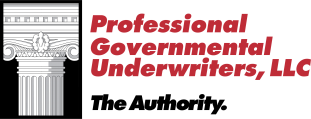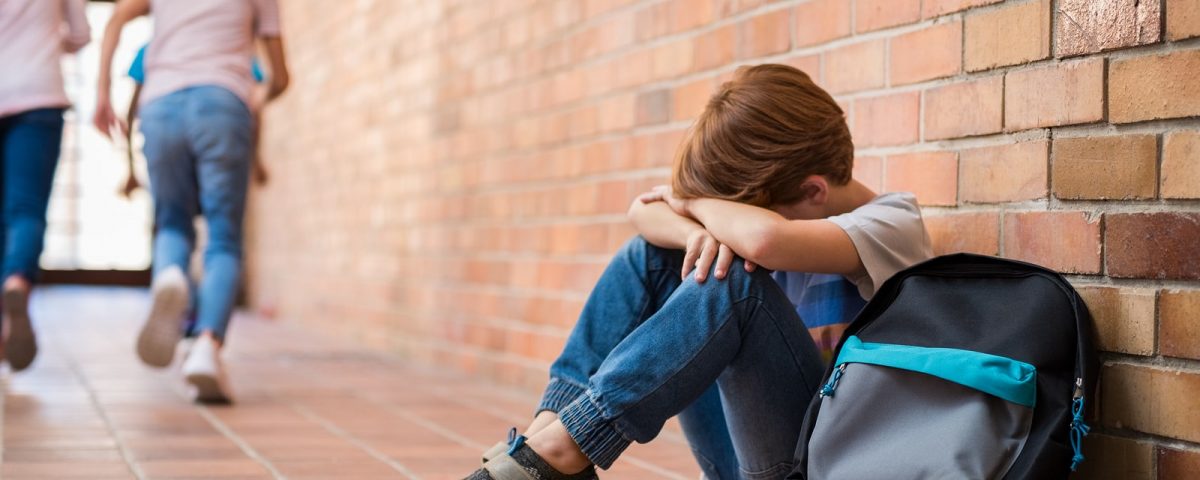Where Do Educators’ Liabilities Fall in School Bullying?

Educators Liability Insurance: Universities May Allow Firearms
September 3, 2018
Understanding the Legal Responsibilities of School Boards
September 17, 2018Where Do Educators’ Liabilities Fall in School Bullying?
Schools are increasingly being put under the microscope in terms of bullying and its effects on students. With news of school shootings or violent crime due to someone being bullied becoming almost commonplace, parents and communities are pointing to schools and their district boards about who to blame.
In Cincinnati, the parents of an 8-year-old boy who hanged himself with a necktie in 2017 sought to hold the school responsible for the bullying he endured on premises. What’s more, the parents argued that the school’s officials knew of the bullying and failed to adequately react. While this subject is disturbing, controversial and tough to handle, schools need to be aware of the liabilities they face when it comes to bullying.
Facing these issues can help clear up any vagueness around responsibility and legal compliance.
Bullying vs. Harassment
While no student wants to be bothered in any way while they attend class, it’s important to know the difference between bullying and harassment. Harassment occurs only when students are bullied based on personal characteristics such as gender, race or disability. Harassment is specifically prohibited by federal law.
In this case, it’s important for school officials and districts to be aware of harassment-related student bullying when it comes to facing greater legal risk. When a student is a member of a protected class, such as gender, race or disability, as noted above, and they are harassed, this can constitute civil legal issues.
Additionally, schools are legally liable for peer harassment when it was severe, pervasive and defensive. And just like the case in Cincinnati, when authorities at a school were aware of harassment and did nothing about it, the entire school is held liable.
If a school and its officials were not aware of student harassment at hand, a plaintiff might still be able to claim that the school was negligent under state law by failing to train staff or supervisor students. Additionally, there are some instances in which the student responsible for bullying can bring legal action against the school based upon their punishment. They can argue that the school violated their First Amendment right of free speech and the punishment was too severe.
Steps Schools Can Take
Schools and their officials can avoid legal problems or cut down on their chances of being held liable if they are more proactive in taking reports of bullying and harassment. They can do this by investigating reports more thoroughly and immediately enact safety plans for student targets.
Schools can also help their case in avoiding legal issues by ensuring that every aspect of a harassment situation is well documented from start to finish. Schools can also train students to act as anonymous helpers, looking out for any bullying and harassment and reporting it to teachers and administrators.
Schools can work hard to create an environment that does not tolerate bullying in any capacity. This can be done by continuing to educate students about what happens when bullying occurs including discipline.
Taking a step-by-step approach to being proactive towards bullying and all parties involved can help to reduce the risk of liability for schools and their boards.
About PGUI
Professional Governmental Underwriters, Inc. is a full-service risk management company dedicated to assisting public, educational and non-profit entities in the management of their professional liability exposures. We are dedicated to providing state-of-the-art professional underwriting management and loss control advisory services on behalf of our designated carriers. For more information, call us toll-free at (800) 586-6502.


